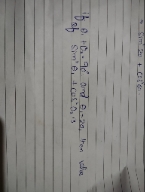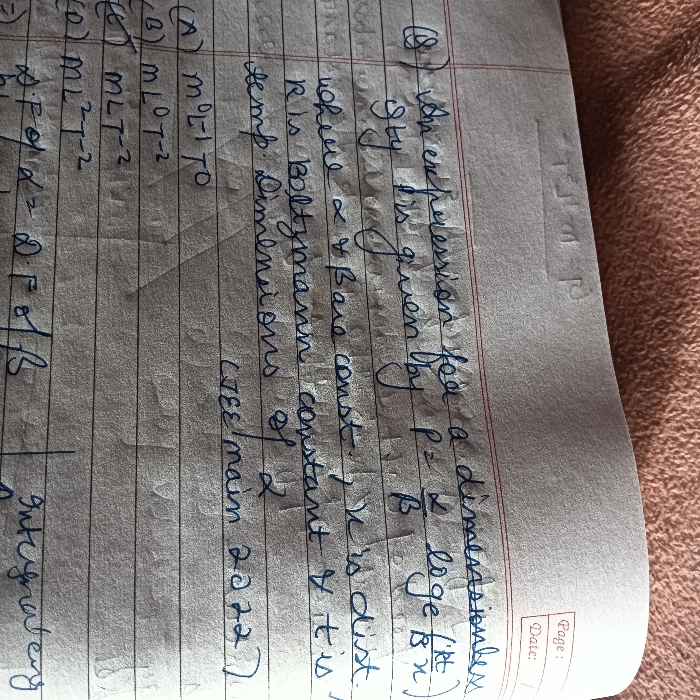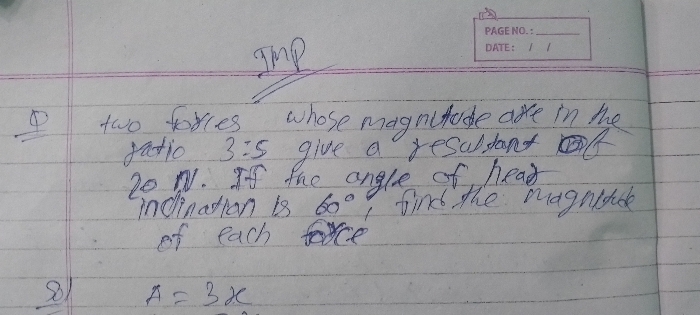CBSE Class 11-science Answered
Derive equation of for a particle moving in a plane and show that motion can be resolved in two independent motion in mutually direction.
Asked by mohitsharma06474 | 12 Aug, 2019, 02:27: AM
Displacement in 2-D plane 

Velocity in 2D-plane 

Acceleration in 2D-plane 

where i and j are unit vectors along x-axis and y-axis of cartesian coordinate system.
For uniform accelerated motion we have 3 equations of motion in vector form

If we choose a cartesian coordinate system, motion in any direction can be resolved in x-direction and y-direction.
Resolved form of equations (1), (2) and (3) are used to describe the motion individually in x and y directions.
Then resultant of resolved component will be considered to get net effect.
For example, in x-direction, resolved form of eqn.(1) along x-direction, i.e., " vx = ux + ax t "
can be used to find the relation among initial velocity ux along x-direction, final velocity vx along y-direction,
acceleration ax along x-direction and time duration t
Answered by Thiyagarajan K | 12 Aug, 2019, 01:44: PM
CBSE 11-science - Physics
Asked by sheikhsaadat24 | 17 Apr, 2024, 09:41: PM
CBSE 11-science - Physics
Asked by sy123946 | 07 Apr, 2024, 04:23: PM
CBSE 11-science - Physics
Asked by derhebha955 | 03 Apr, 2024, 09:03: AM
CBSE 11-science - Physics
Asked by sumedhasingh238 | 29 Mar, 2024, 05:15: PM
CBSE 11-science - Physics
Asked by sumedhasingh238 | 28 Mar, 2024, 11:10: PM
CBSE 11-science - Physics
Asked by roshnibudhrani88 | 23 Mar, 2024, 05:52: PM
CBSE 11-science - Physics
Asked by emad.amd | 21 Mar, 2024, 12:00: PM
CBSE 11-science - Physics
Asked by vinitdubey7735 | 14 Mar, 2024, 11:21: AM
CBSE 11-science - Physics
Asked by om636694 | 04 Mar, 2024, 09:10: PM
CBSE 11-science - Physics
Asked by rajuinwati12 | 04 Mar, 2024, 09:22: AM




